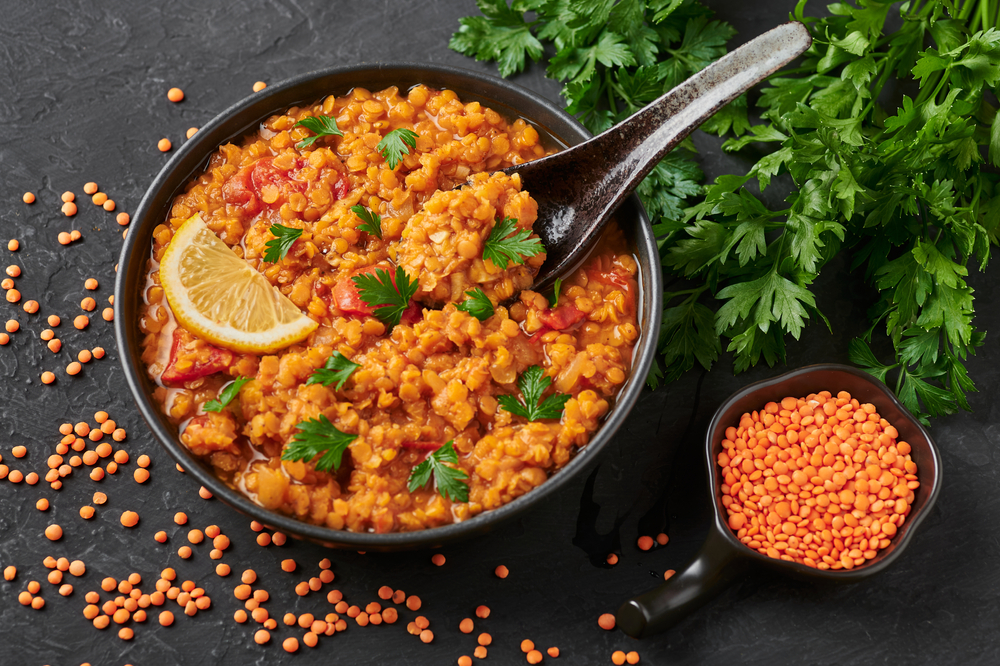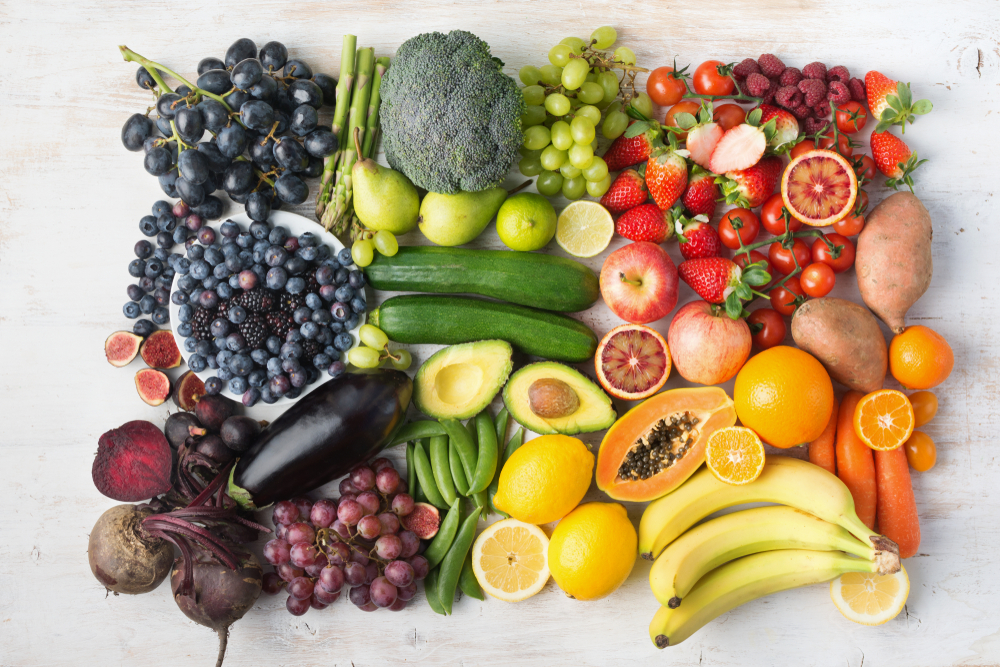
To celebrate the change of seasons, here are my top five fruits and vegetables available in May, together with all the wonderful reasons I love them so much.

Spring cabbage
Spring cabbage is very different from the hard, light green or red cabbages on offer at other times of the year. Spring cabbages have darker green, softer leaves: these guys are the first cabbages of the year.

Just like all types of cabbages, their nutritional benefits are amazing. As one of the members of the cruciferous vegetable family, they’re super nutritious. Cabbages are very rich in vitamin C, great for the immune system, and vitamin K which is essential for the heart and bones. Plus, all cabbages are great for liver detoxification. And for women struggling with hormones, this process can also help with hormone balancing. What’s not to like!
Raspberries
A rich source of vitamin C, raspberries are both delicious and nutritious. Vitamin C is not just needed for the immune system, it’s also essential for the health of the skin, bones, and teeth. It helps the body to absorb iron from food and is also a powerful antioxidant, protecting the body from degenerative diseases.

Raspberries also contain some vitamin E, great for the skin, which is unusual as this vitamin is generally found in vegetable oils, nuts, and seeds. Vitamin E is also a key antioxidant nutrient. Raspberries are rich in plant compounds called flavonoids which deliver so much goodness to the body.
They make a great snack and work well with other traditional summer fruits, such as strawberries and blueberries, in a fruit salad or as part of a pavlova for a real treat.
Cauliflower
I’m a little biased, I must confess, when it comes to talking about members of the cruciferous vegetable family, which includes cauliflower! They deliver so much nutritional goodness but are also helpful when it comes to motivating our biochemistry do what it should be doing.

One great example of this is helping to detoxify the liver. It’s not just the fibre content that is useful: cauliflowers also contain enzymes that help the process, plus encourage our own enzyme production.
You may find that you don’t like the sulphur smell that can sometimes come from cauliflower whilst it’s being cooked. This is due to sulphoraphane in cruciferous vegetables that helps protect the body from some of our nasty degenerative diseases. If we remember that, and keep the lid on the pan, all will be well!
Strawberries
Strawberries and raspberries are often thought as of similar fruits, although their nutritional profile is quite different. Strawberries often get better ‘press’ perhaps because they are often on the menu at some traditional British events, such as Wimbledon. Plus, they are synonymous with warmer weather.

Whilst raspberries are slightly higher in most micronutrients, strawberries contain some of the highest amounts of vitamin C of any fruit or vegetable. And their lovely rich red colour ensures they contain loads of antioxidants too, which protects the immune system. Strawberries also contain a good amount of fibre which keeps the digestive system running sweetly.
Wild garlic
Step out into any woodland now, and the smell of garlic certainly pervades the atmosphere. Both the dark green leaves and the bulb provide some amazing health benefits.
When it comes to foraging in the woods, it’s ok to just pick what you need but do try not to dig up loads of garlic roots. The dark green leaves can be added to salads and are especially helpful at detoxifying the blood.

In terms of the bulbs, their health benefits are very far reaching. They can help to reduce blood pressure and also work as an antimicrobial in the gut, plus help to fight off yeast overgrowth. Garlic is a natural antiviral and antibacterial plant, and also supports immune health.
There are not many savoury dishes that don’t benefit from some garlic, either the leaves or bulb. Go for curries, vegetable sides, soups, and salads.
Why not add my five favourite in-season foods to your meal plans this May?
FOR MORE GREAT NUTRITION AND LIFESTYLE ADVICE:
Sign up to receive our blog and get a weekly dose of the latest nutrition, health and wellness advice direct to your inbox.
For everything you need to know about vitamins, minerals and herbs visit our sister site Vitamin Expert – your essential guide to nutrition and natural health.
Follow us on Instagram @feelaliveuk for nutrition, lifestyle and well-being tips.
Visit us at www.feelaliveuk.com for the latest offers and exclusive Alive! content.
Follow and Chat with Suzie on Twitter @nutritionsuzie
All images: Shutterstock
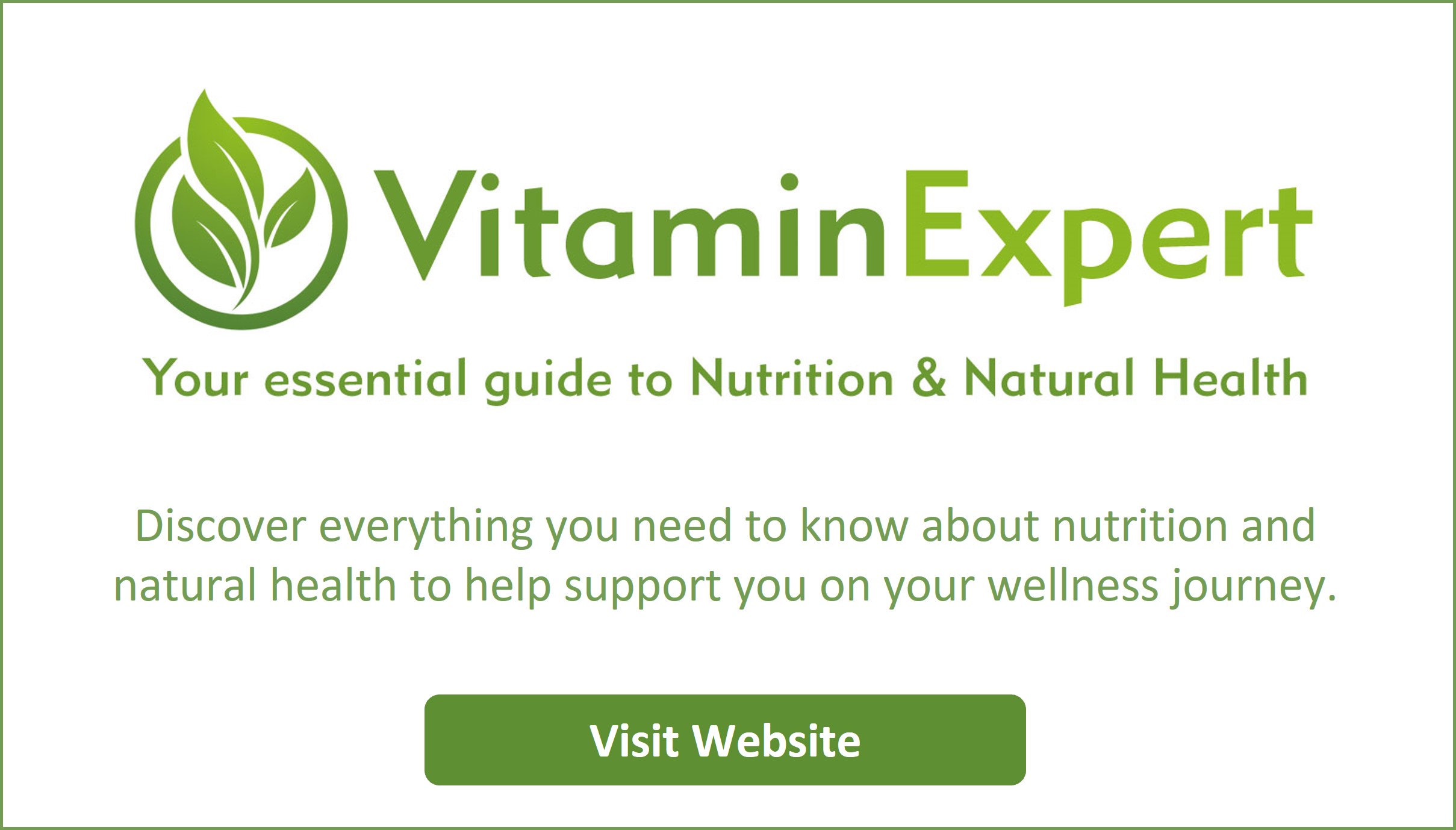









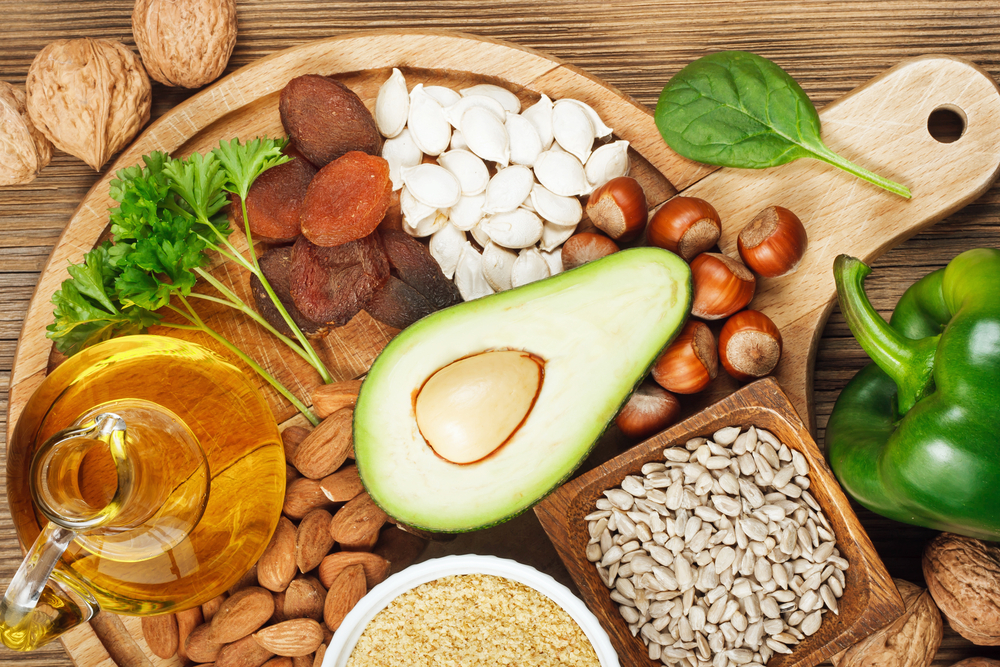
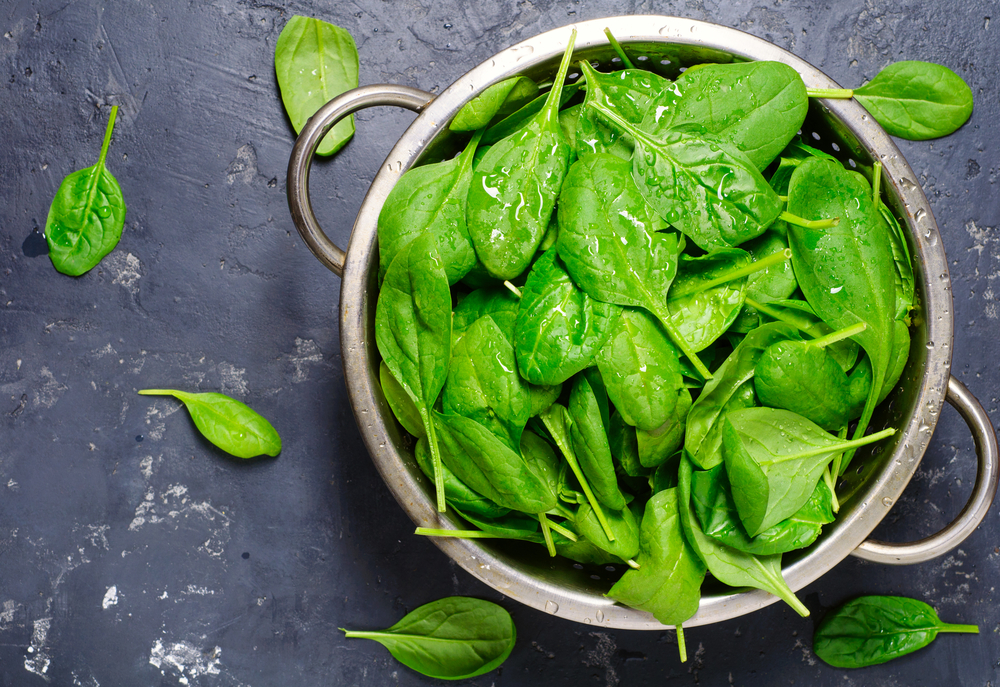







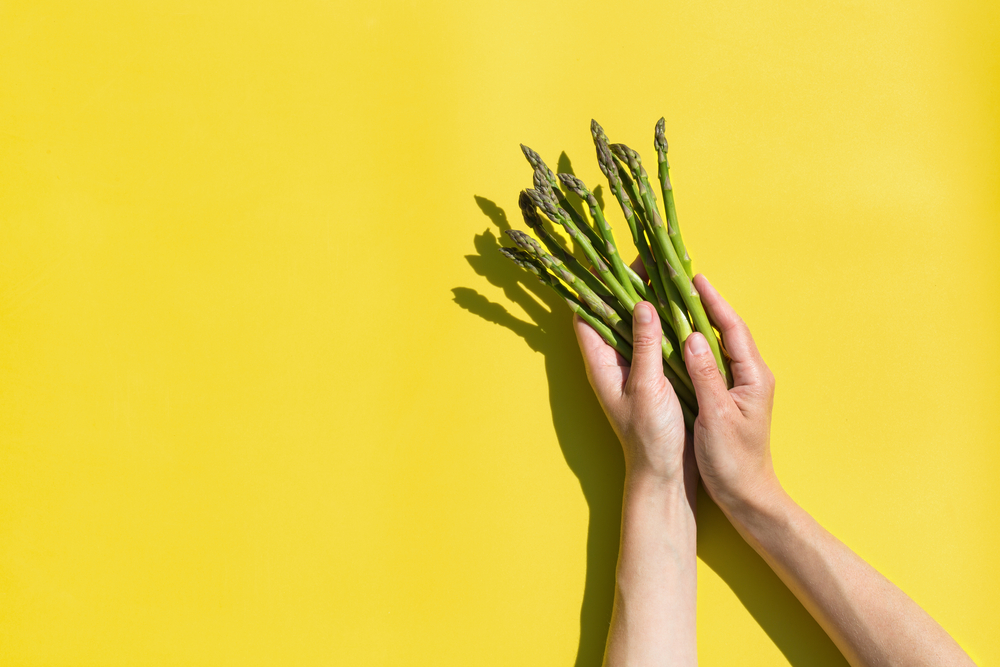
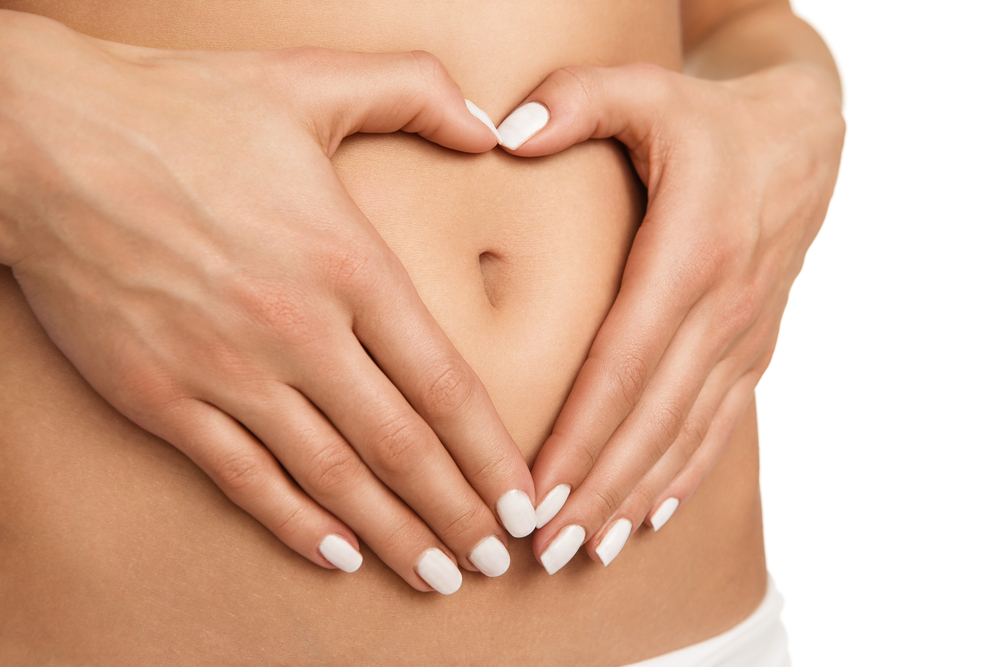

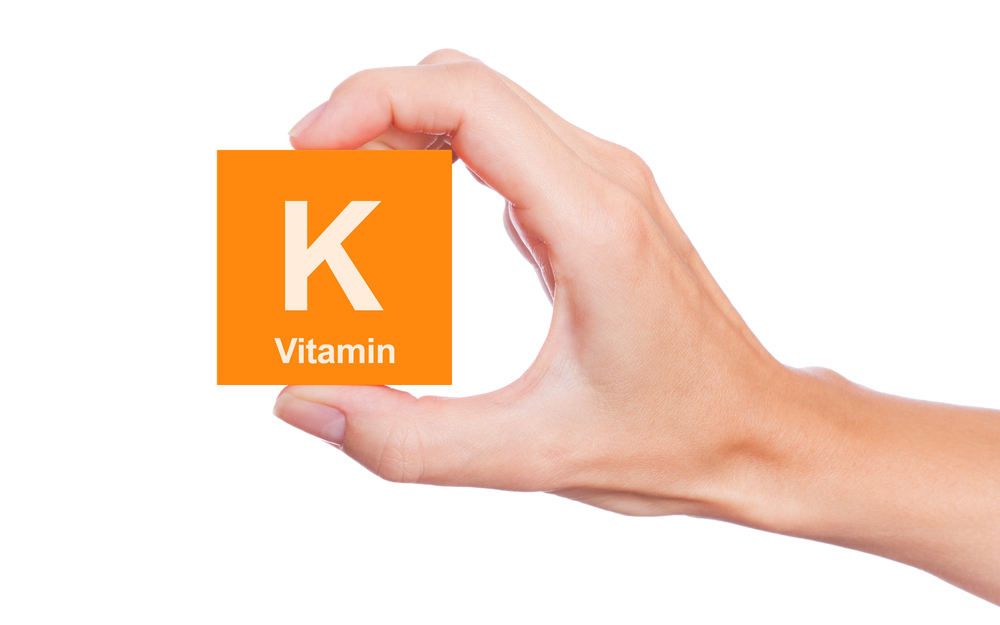
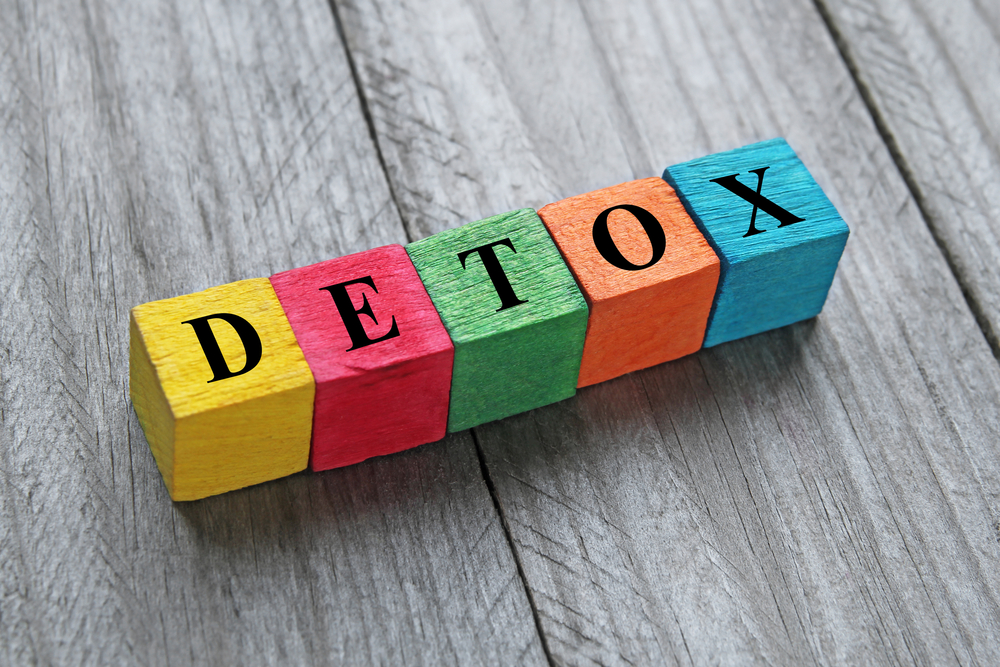




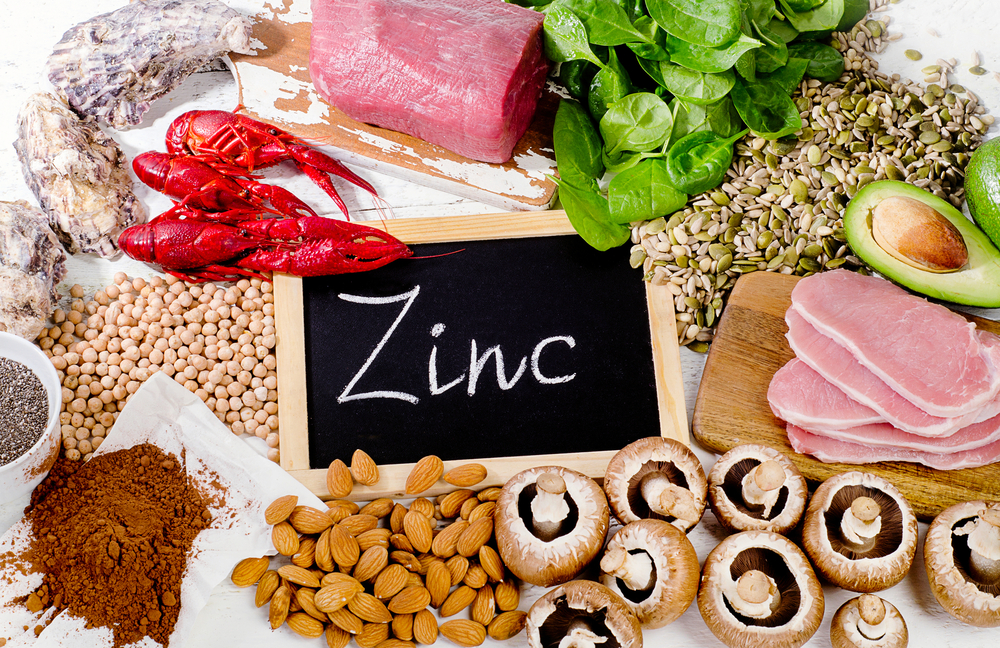
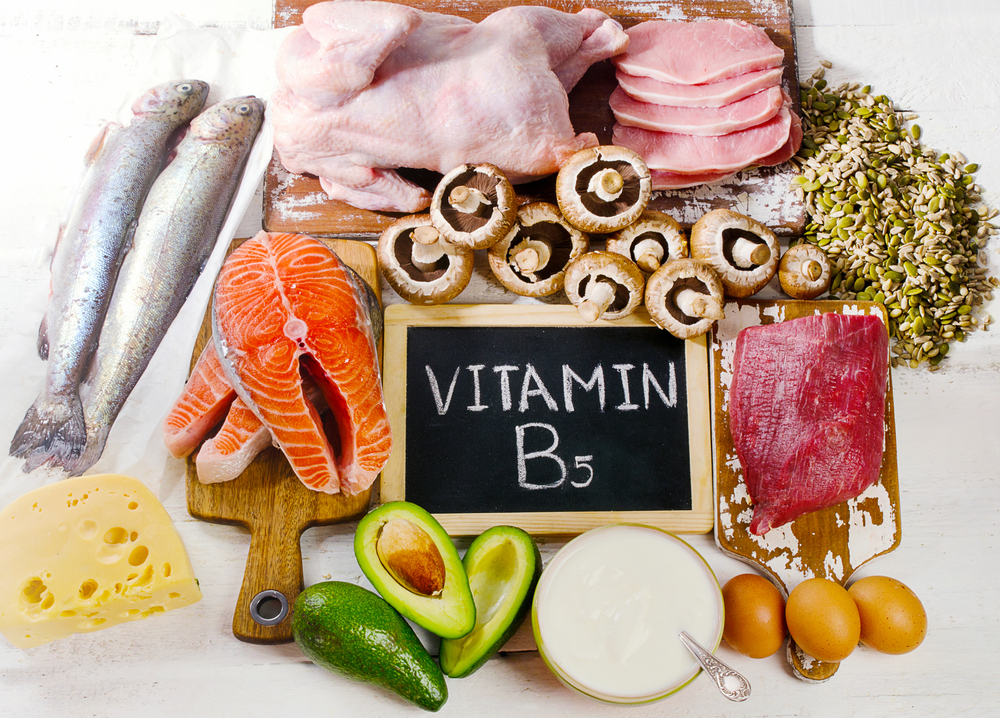
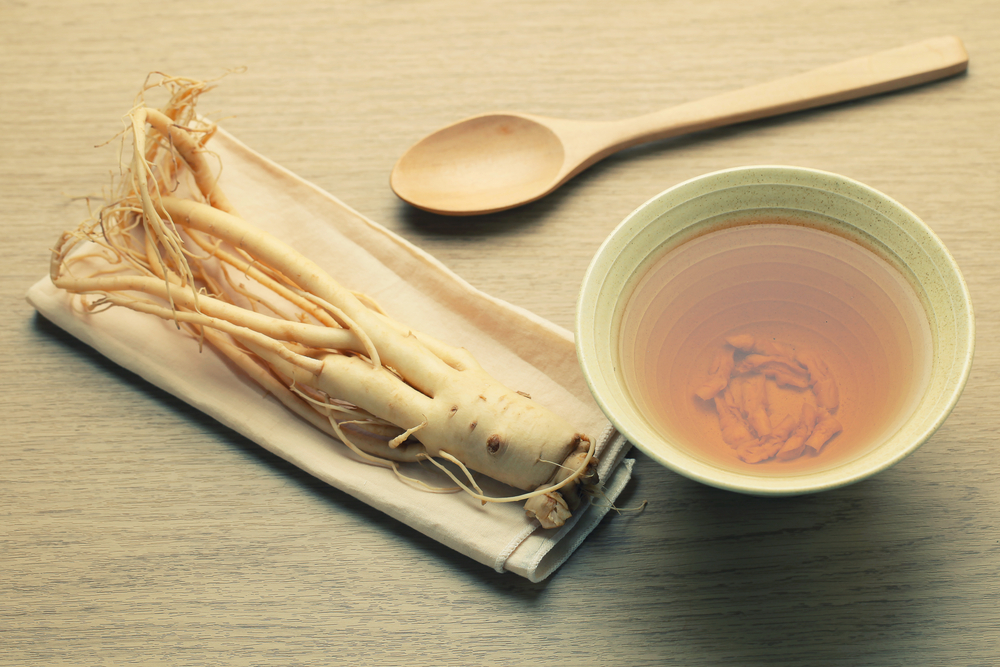
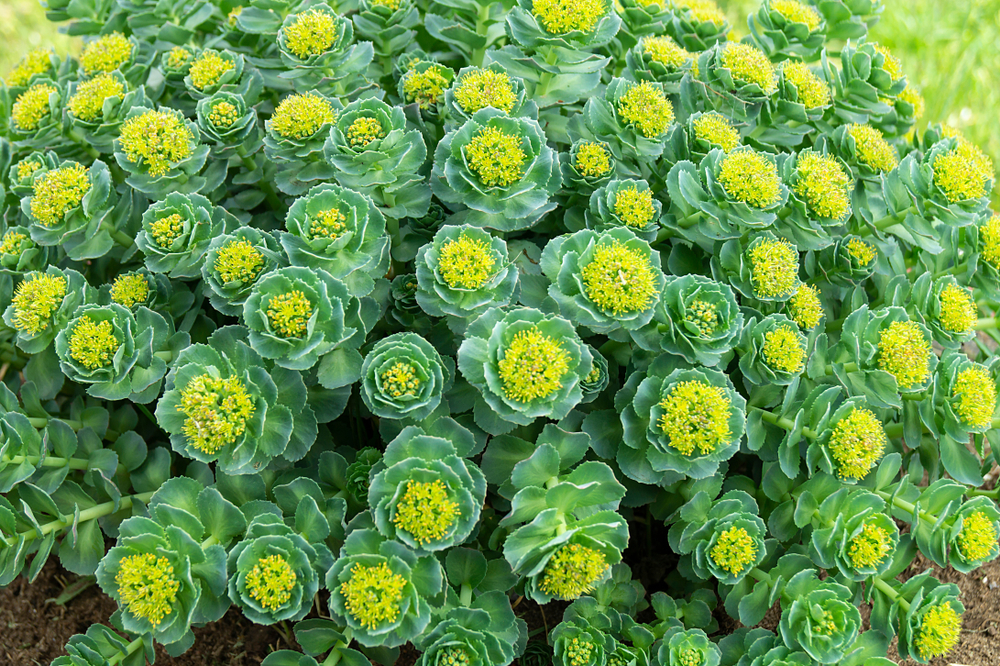
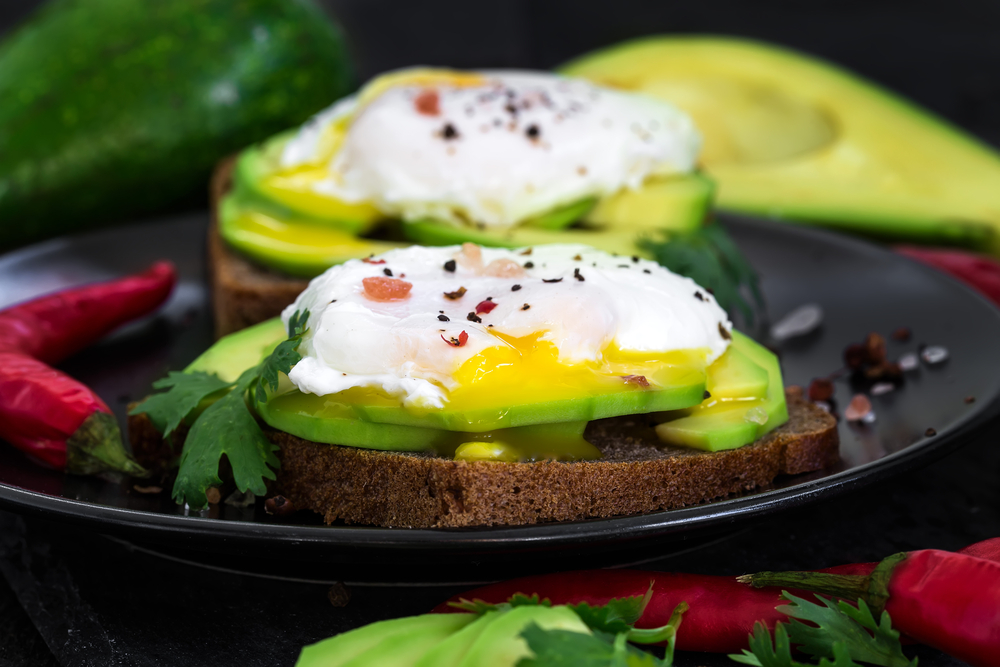
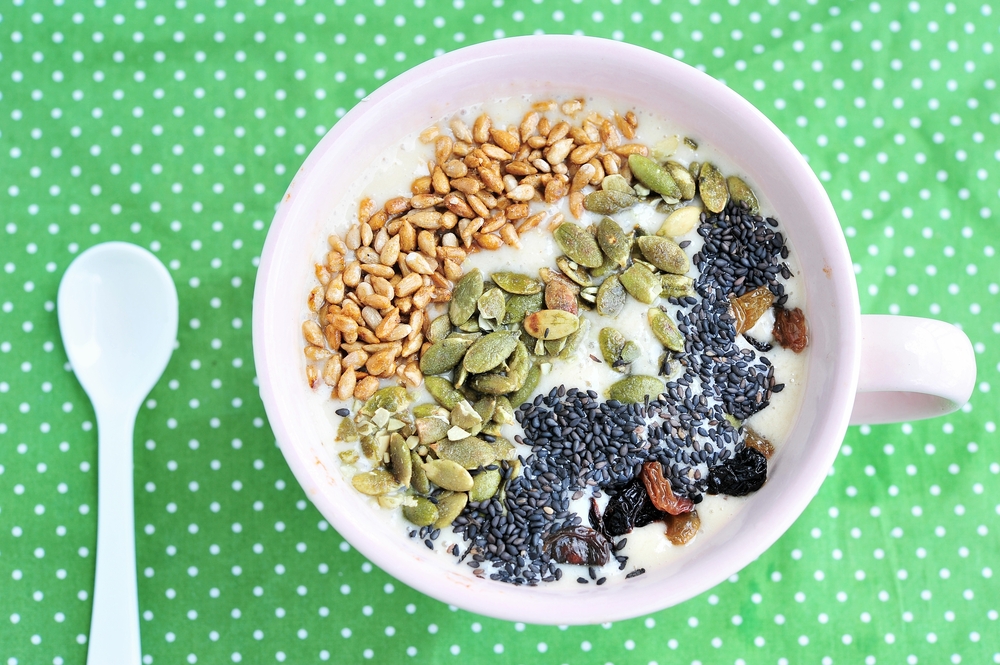


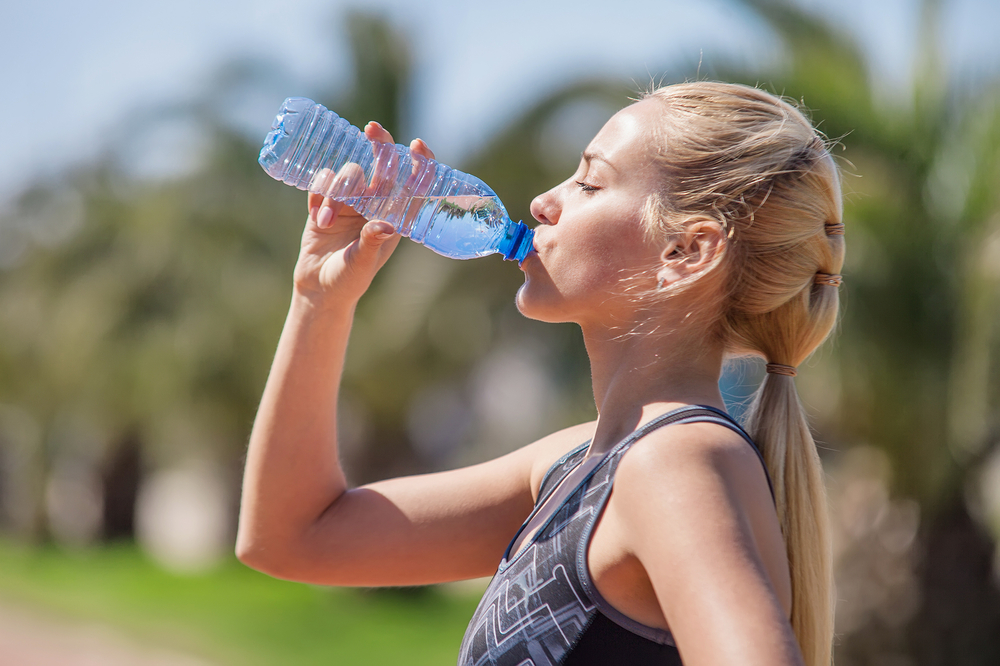
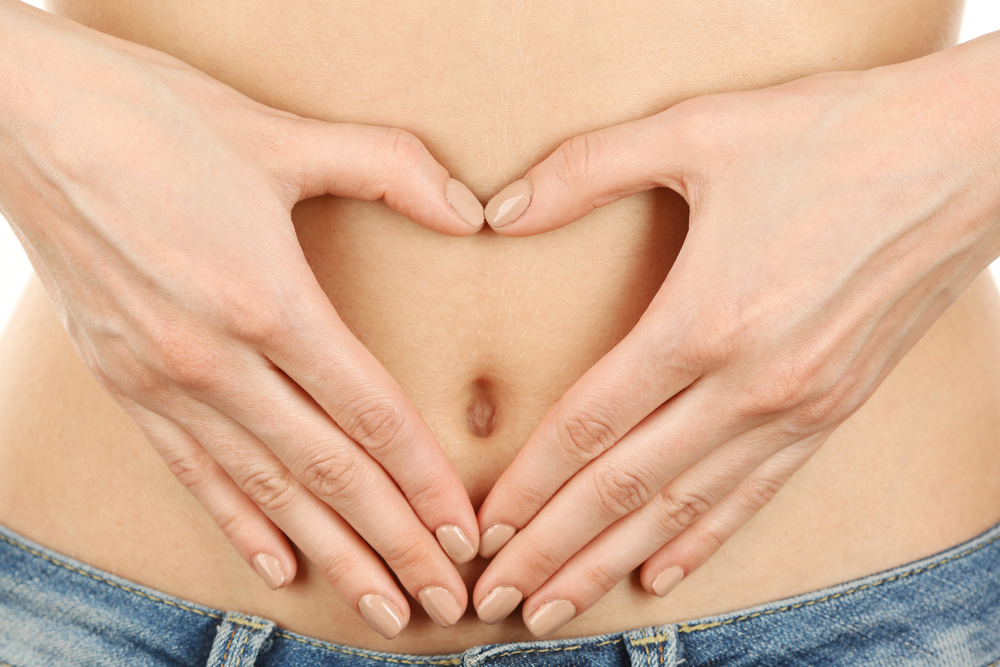



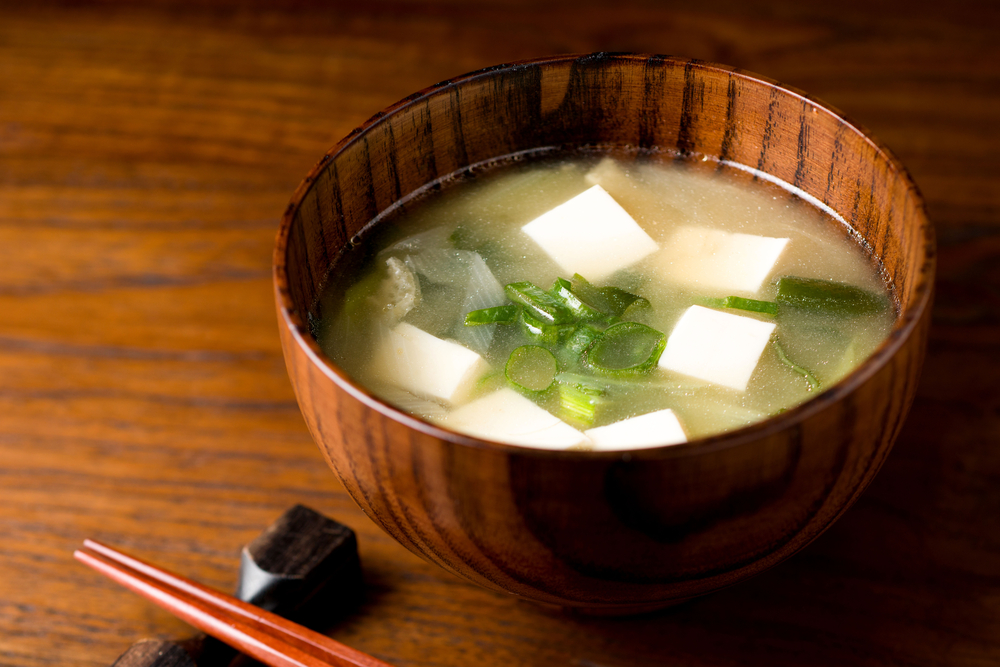


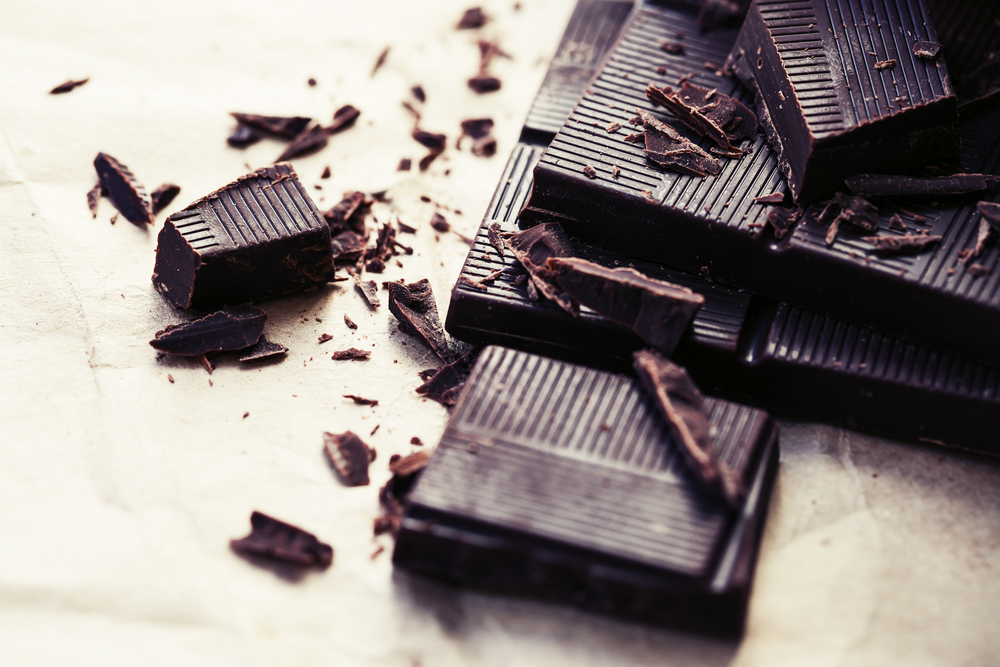
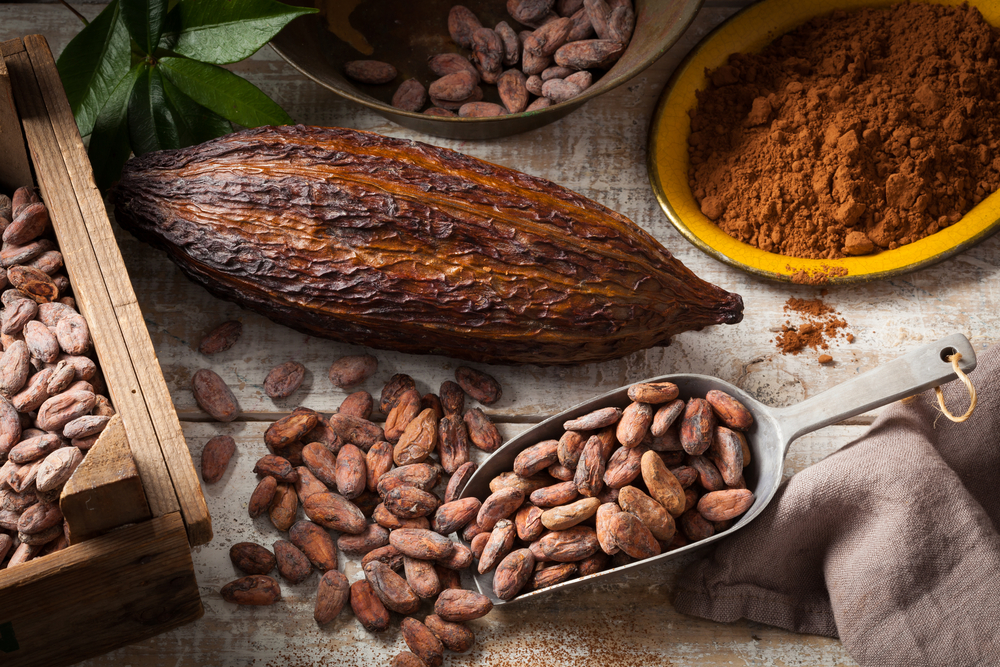

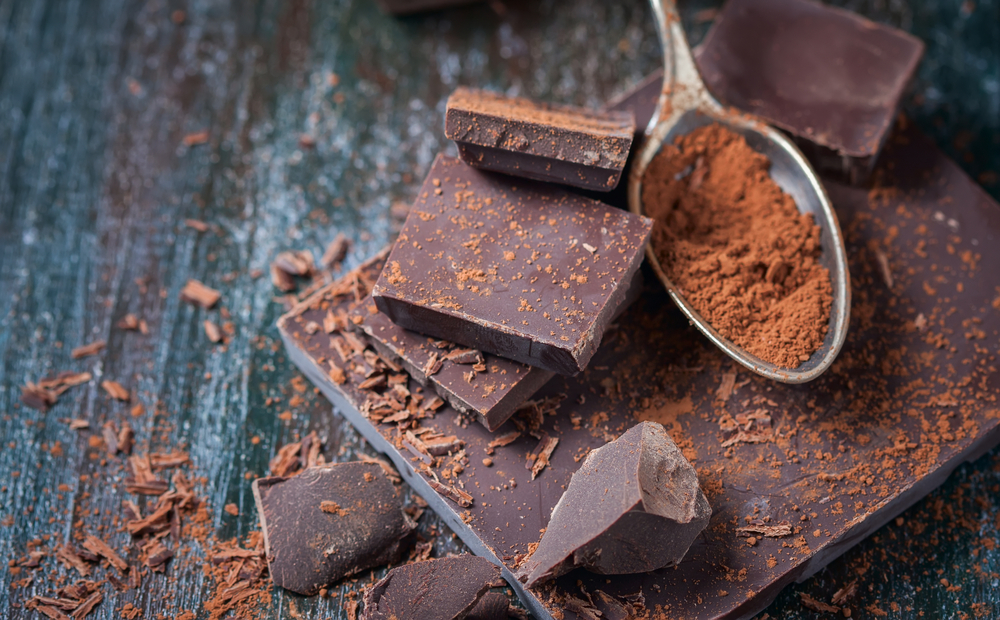
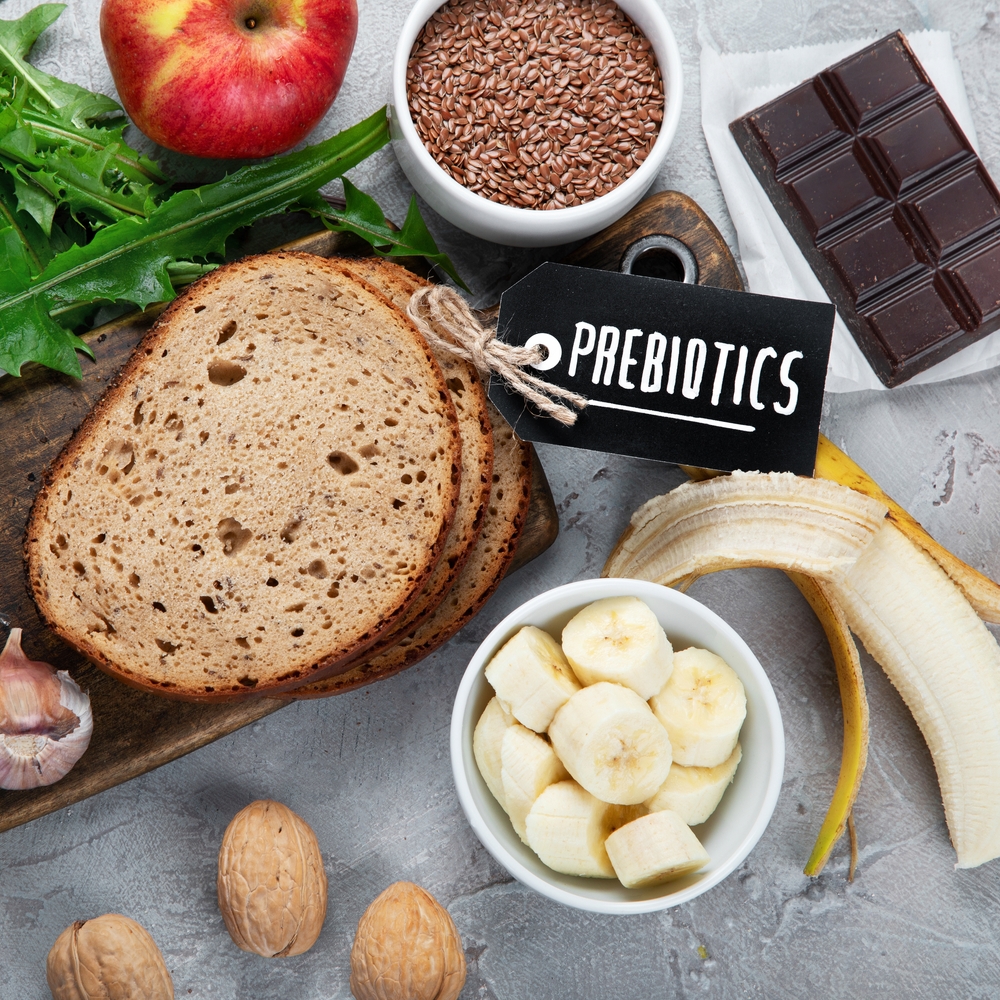


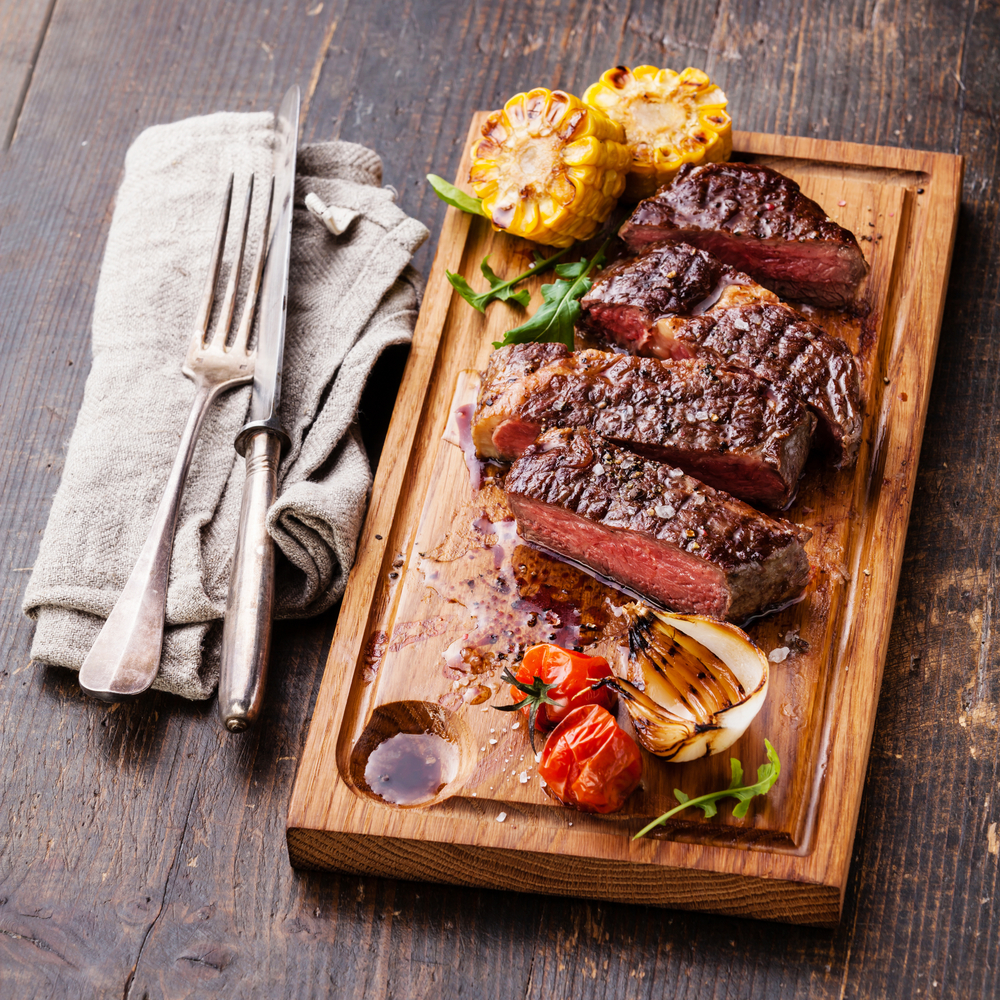 The richest source of usable iron is in red meat, which many of us don’t eat. However, beans, dried fruit, chickpeas, nuts, and seeds are also good sources, so vegetarians and vegans don’t need to miss out.
The richest source of usable iron is in red meat, which many of us don’t eat. However, beans, dried fruit, chickpeas, nuts, and seeds are also good sources, so vegetarians and vegans don’t need to miss out.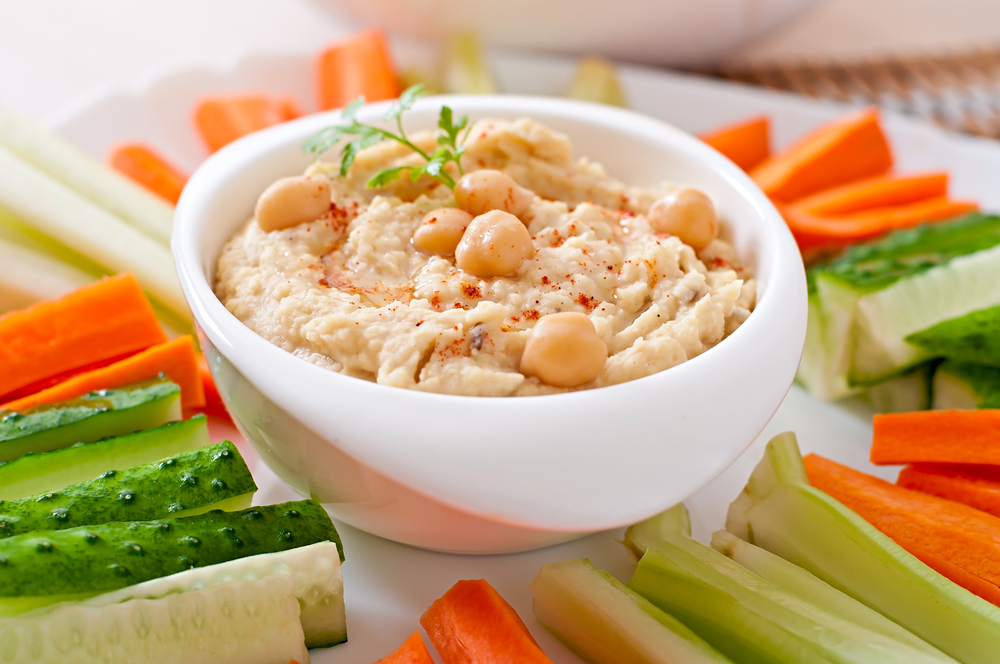 Plant-based sources of iron are slightly less available to the body though, so you can uprate this by eating these foods with others rich in vitamin C, such as strawberries, kiwis, red peppers, and lemons. Just drinking a little orange juice at the same time as eating your chickpea-rich hummus and crackers, is really going to help.
Plant-based sources of iron are slightly less available to the body though, so you can uprate this by eating these foods with others rich in vitamin C, such as strawberries, kiwis, red peppers, and lemons. Just drinking a little orange juice at the same time as eating your chickpea-rich hummus and crackers, is really going to help.